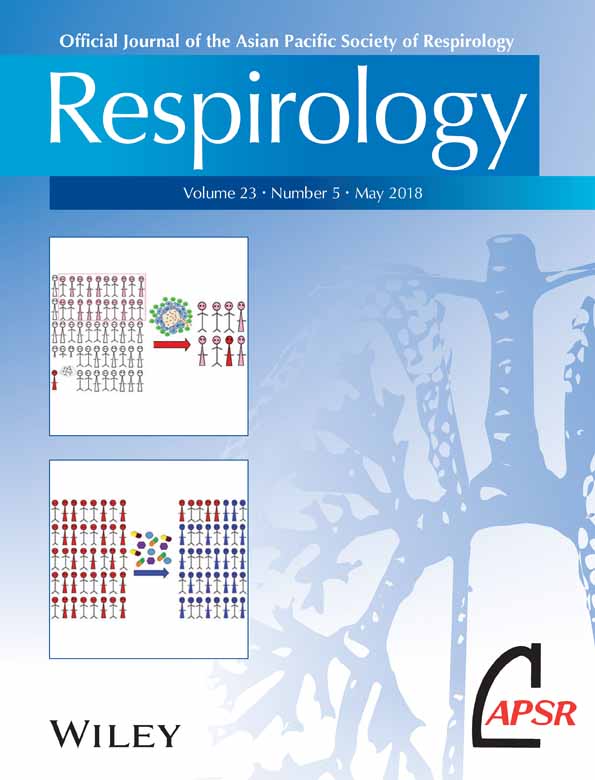Corticosteroids in acute exacerbations of idiopathic interstitial pneumonias: Time to debate
Abstract
See Reply
We have read with interest the article by Arai et al.1 The use of corticosteroids, specifically in acute exacerbations of idiopathic pulmonary fibrosis (AE-IPF), is controversial because no clinical trials have confirmed the beneficial effect attributed to them.2 In fact, some authors have debated their role in AE-IPF. First, the use of corticosteroids in stable IPF is clearly not recommended. In fact, it has been demonstrated that the survival rate could be lower with their use.3 Second, AE-IPF have radiological and pathological similarities with acute respiratory distress syndrome (ARDS)2 and corticosteroids are not generally recommended in ARDS.4 In keeping with this, a recent observational study of AE-IPF reported that patients never treated with immunosuppressants and steroids before and after an AE-IPF present a higher survival rate than those treated with steroids.5 Contrary to this, in their study, Arai et al.1 recommended the use of high-dose steroids in a group presenting AE of idiopathic interstitial pneumonia (AE-IIP) which included 74% of AE-IPF patients. However, certain aspects of this study warrant close attention.
First, the study included patients who were divided into IPF (n = 63) and non-IPF (n = 22) patients. The authors have divided the radiological patterns into usual interstitial pneumonia (UIP) (n = 55), possible UIP (n = 12) and inconsistent with UIP (n = 18). From our perspective, it would have been preferable to include only patients with definitive IPF diagnosis as including a heterogeneous non-IPF group could be a confusing element in the results. Furthermore, the definitive diagnosis of these non-IPF patients is not specified. Reviewing the results of IPF versus non-IPF group, 75% (47/63) of IPF and 90% (20/22) of non-IPF patients received high doses of corticosteroids. Interestingly, the subgroup that received the highest doses of corticosteroids tends to show a lower survival rate after 90 days (36% vs 22%) (Supplementary Information).1 Additionally, we do not have any data regarding the cumulative effect of the total dose of steroids received by the patient, to demonstrate that in fact it could have a greater effect on the 90-day survival rate than the initial dose, especially in relation to adverse events. In addition, it is worth noting that the high dose of corticosteroids only improves survival in the non-ventilated patients. Although this result was thought to be justified by the fact that corticosteroid treatment was already commenced before it was decided whether ventilation would be used, the use of ventilation in these kinds of diseases could be an indication of the worst outcome. So, it is possible that the condition of the group of patients who did not receive mechanical ventilation was in fact less severe and more predisposed to a favourable outcome.
The authors concluded in the abstract that ‘a dose of prednisolone ≥0.6 mg/kg after i.v. high-dose methylprednisolone therapy should be recommended for the treatment of AE-IIP’. We believe that this affirmation should be taken with caution, and needs to be confirmed in a clinical trial, especially given the still very controversial nature of the subject.




